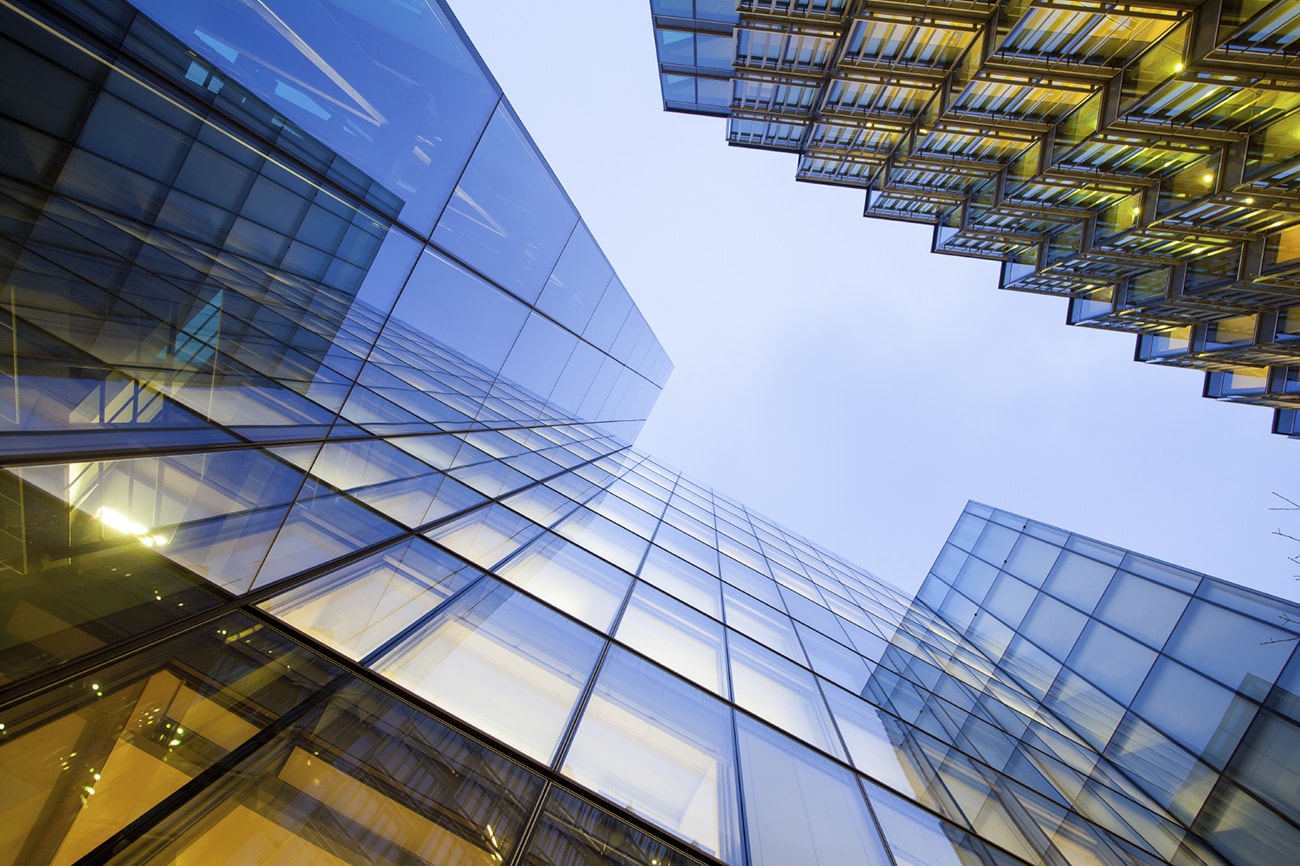



About Gloucester
Gloucester is situated in southwest England. Gloucester is the county of Gloucestershire. Gloucester is located on the bank of River Severn and near to the border of Welsh. This district lies between the Dean' forest to the southwest and the Cotswolds to the eastern. Under the AD 97, Romans beneath Emperor Nerva had established the Gloucester. In 1155, this area was conferred its initial charter by King Henry II. The second charter granted the right of the entrance on the River Severn. On the economic basis, Gloucester is managed by the service industries. During 2011 census, the city was populated by 149,820 people.
Government
Under the Local Government Act 1972, the district was made from the County Borough of Gloucester in April 1974. In 1991, the area of Quedgeley was added and was identified as the town from April 2017. Moreover, this city is divided into eighteen parishes. Gloucester elected the 39 councillors for the City Council. In 2016 elections, 7 Liberal Democrat councillors, 10 Labour Councillors and 22 Conservative Councillors were involved. Gloucester City Council has the primary functions of collecting the council tax, Elections and electoral registration, domestic and commercial premises in Environmental Health, Licensing, and Public Conveniences and so on.
Geography
Gloucester is the non-metropolitan county borough of Gloucestershire. This city is at a 53rd rank as largest town in the UK's population. Gloucester was populated with 110,600 in 2002. The population of this district was increased rapidly from 2002 to 2012. The population of the city was 123,400 in 2012. Gloucester is situated at the bank of River Severn and is also surrounded by the eastern Cotswolds. This town is a port connected through Gloucester and Sharpness Canal.
Attractions
Gloucester Cathedral is the church dedicated to Saint Peter. It is situated near the River Severn in the north, and it dawned in 681. The Museum of Gloucester is founded at the Brunswick Road in the city. This museum was rebranded and also known as Gloucester City Museum & Art Gallery. Other famous places in the Gloucester are Gloucester Quays and Docks, Gloucestershire Arts and Crafts Centre, Prinknash Abbey, Jet Age Museum, National Waterways Museum, The Barn Owl Centre and so on.
Education
As part of the cathedral establishment, Henry VIII refounded "The King's School". "The Crypt School" was built in 1539 by the Dame Joan Cooke. This school was earlier known as the school of St Mary de Crypt. Earlier, Sir Thomas Rich's School is famous as Sir Thomas Rich's Bluecoat Hospital for Boys. During 1883, The High School for Girls was founded.
Gloucester also has some academy such as Beaufort Co-operative Academy, Churchdown School Academy and Gloucester Academy. Furthermore, others schools established in the town are St Peter's High School, Severn Vale School and Chosen Hill School. For higher qualification, Barnwood Park Arts College and campus of the University of the West of England was endowed in the Gloucester. In 1937, Steiner Waldorf School was established.
Transport
M5 motorway served the Gloucester and linked to the eastern area of the city. South Gloucester and Quedgeley connected through Junction 12. The north of the Gloucester serves by the junction 11, and junction 11a serves the central of Gloucester. The A38 links the Gloucester with Bristol and Tewkesbury and runs to the north-south. The A40 runs from western area to eastern area connecting the Gloucester with Cheltenham city in the east, Monmouth to the Western region and the Dean's Forest. The roads A46 and A4173 ties the Stroud and Gloucester while A417 links the city with Cirencester as well as Ledbury. Gloucester has some Cycle Paths. In 1966, this city was the lowest bridging point on the river before the construction of the Severn Bridge, and that is also the route between the South Wales and London. The central railway station serves transport facilities to the city of Gloucester.
| Course | Upcoming Event | Duration | Price | ||
|---|---|---|---|---|---|
| PRINCE2® Foundation & Practitioner | 21/04/2025 | 01/01/1970 |
£3995
|
||
| PRINCE2® Foundation | 21/04/2025 | 24/04/2025 | 3 Days |
£5494
|
|
| Lean Six Sigma Green Belt | 21/04/2025 | 26/04/2025 | 5 Days |
£6594
|
|
| Lean Six Sigma Yellow Belt | 21/04/2025 | 23/04/2025 | 2 Days |
£5494
|
|
| Lean Six Sigma Black Belt | 21/04/2025 | 01/05/2025 | 10 Days |
£9894
|
|
| PMP® Certification Training | 21/04/2025 | 26/04/2025 | 5 Days |
£6594
|
|
| Change Management Foundation & Practitioner | 21/04/2025 | 26/04/2025 | 5 Days |
£6594
|
|
| Change Management Foundation Training | 21/04/2025 | 24/04/2025 | 3 Days |
£5494
|
|
| MSP® Foundation & Practitioner | 21/04/2025 | 26/04/2025 | 5 Days |
£6594
|
|
| CompTIA A+ Course | 21/04/2025 | 26/04/2025 | 5 Days |
£6814
|